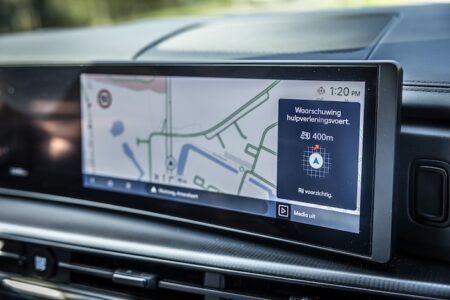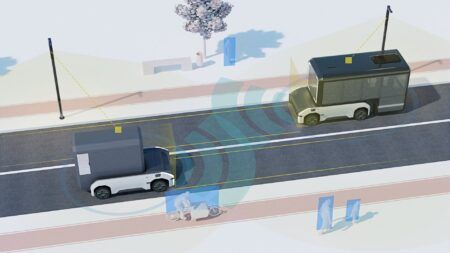According to a new white paper series launched this week by one of the world’s leading design, engineering and project management consultancies, Atkins, there is an urgent need to understand the full impact of connected and autonomous vehicles (CAVs) on cities around the world, and to invest in adapted infrastructure now.
Atkins is part of the Venturer project, which is trialing autonomous vehicles to explore the feasibility of driverless cars in the UK. Members of the Atkins Fellowship from across the world are meeting this week with clients and government in a technical conference to discuss the future of cities and how they will be impacted by the advent of CAVs. The event, part of a broader Intelligent Mobility week, will analyze the topic around four key themes. The company says the challenge is to bring all major stakeholders together to agree priorities, and find a universal platform and approach that could underpin all future work. The research suggests that discussion should focus on four main areas:
Infrastructure What action should we take now to ensure that current infrastructure is adapted and future upgrades are fit for purpose to accommodate CAVs and enable economic growth?
Energy How can CAVs help to meet the energy challenges of the future? A sharp rise in the number of electric vehicles on the road could lead to increased demand on the grid at peak times. Could CAVs help find a balance?
Data What challenges do we need to overcome to turn CAV-generated data into information and valuable insight that will help network and city operators maximize efficiency and drive improvement across our transport network?
Public perception Are CAVs being designed with people in mind and will this new technology make a positive difference to our lives?
“It is no longer a question of ‘if’ CAVs will be on our roads, it is ‘when’,” stated Neil Thomas, Atkins’s technical director. “Greater connectivity and autonomy will have a profound impact on our road, energy and communication networks. We need to determine what upgrades will be required to make our existing infrastructure smarter, and what basic principles need to be adhered to in all future design. We have the technical skills and knowledge to do this. What we’re missing is a single vision of the future and the unified approach required to realize it.”
Lila Tachtsi, Atkins’s Fellow and director for transport asset management, said, “As we connect CAVs with our city infrastructure, we must recognize that the challenge is not just about technology, about data, about the user, not just about infrastructure it is about getting them to work all together. Change is being driven by the need to plan for rapid urbanization, meet ambitious carbon reduction targets, and by the shift in the way people engage with services. We’re already moving toward a more connected future. We need to maintain that momentum by encouraging authorities and providers to work together to maximize the opportunities, and to take action now.”




